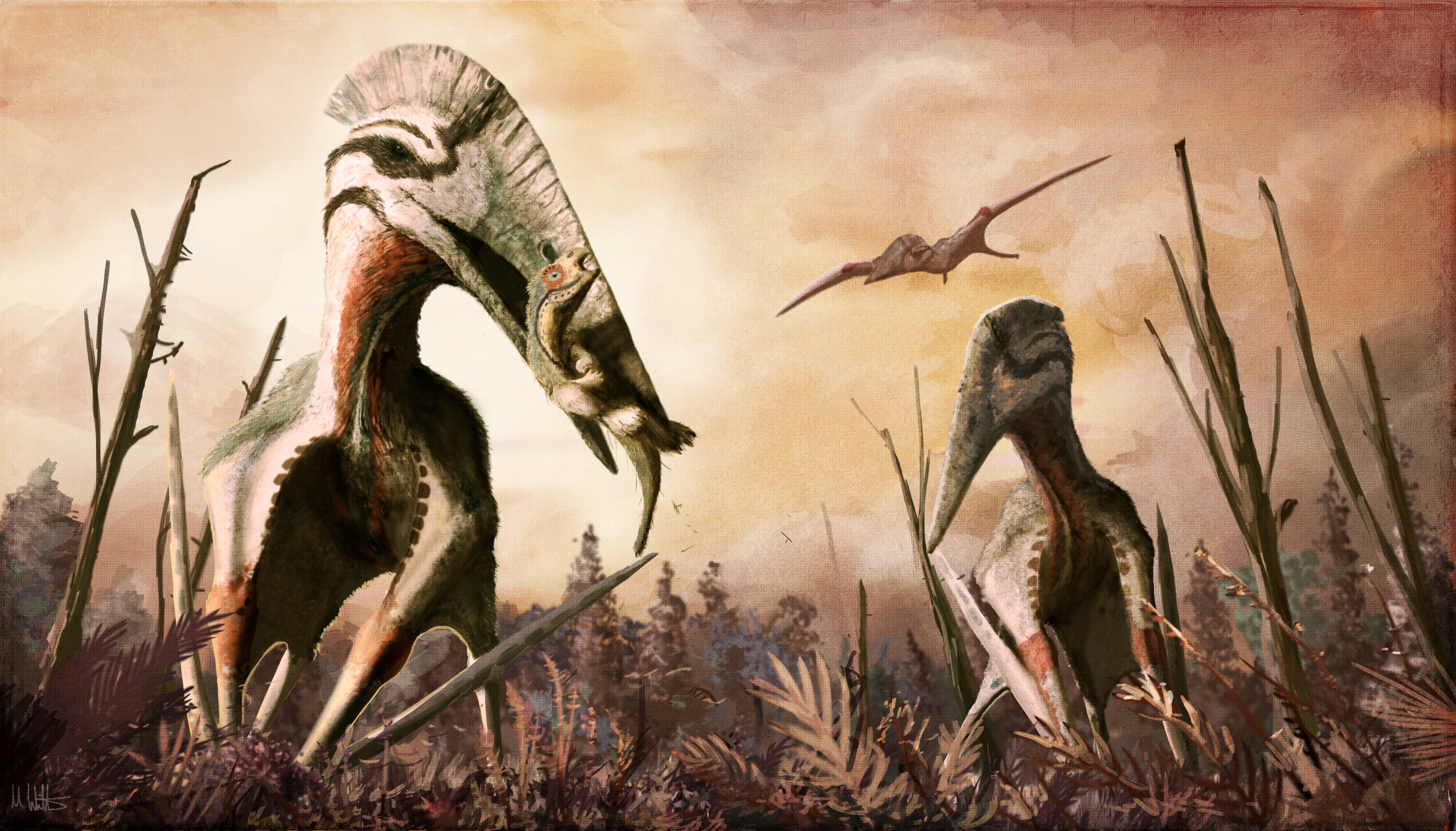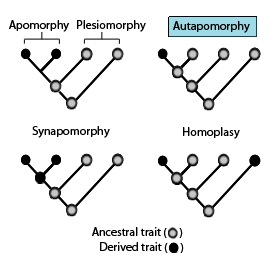|
Albadraco Tharmisensis
''Albadraco'' is an azhdarchid pterosaur genus that during the Late Cretaceous lived in the area of modern Romania. The type species is ''Albadraco tharmisensis''. Discovery and naming At the site of Oarda de Jos, near Alba Iulia in Alba County, two jaw pieces were found of a large pterosaur. The discovery was reported and illustrated in a dissertation by Cătălin Jipa-Murzea in 2012.Jipa-Murzea, C., 2012, ''Upper Cretaceous continental vertebrate assemblages from Metaliferi sedimentary area: systematics, paleoecology and paleobiogeography'', PhD Thesis Babeș-Bolyai University, Cluj-Napoca, 228 pp In 2019, the type species ''Albadraco tharmisensis'' was named and described by Alexandru Adrian Solomon, Vlad Aurel Codrea, Márton Venczel and Gerald Grellet-Tinner. The generic name combines a reference to Alba with the Latin ''draco'', "dragon". The specific name refers to a provenance near Tharmis, the ancient Dacian name of Alba Iulia. The holotype, PSMUBB V651a, b, ... [...More Info...] [...Related Items...] OR: [Wikipedia] [Google] [Baidu] |
Maastrichtian
The Maastrichtian () is, in the ICS geologic timescale, the latest age (uppermost stage) of the Late Cretaceous Epoch or Upper Cretaceous Series, the Cretaceous Period or System, and of the Mesozoic Era or Erathem. It spanned the interval from . The Maastrichtian was preceded by the Campanian and succeeded by the Danian (part of the Paleogene and Paleocene). The Cretaceous–Paleogene extinction event (formerly known as the Cretaceous–Tertiary extinction event) occurred at the end of this age. In this mass extinction, many commonly recognized groups such as non-avian dinosaurs, plesiosaurs and mosasaurs, as well as many other lesser-known groups, died out. The cause of the extinction is most commonly linked to an asteroid about wide colliding with Earth, ending the Cretaceous. Stratigraphic definitions Definition The Maastrichtian was introduced into scientific literature by Belgian geologist André Hubert Dumont in 1849, after studying rock strata of the Chalk Group c ... [...More Info...] [...Related Items...] OR: [Wikipedia] [Google] [Baidu] |
Specific Name (zoology)
In zoological nomenclature, the specific name (also specific epithet or species epithet) is the second part (the second name) within the scientific name of a species (a binomen). The first part of the name of a species is the name of the genus or the generic name. The rules and regulations governing the giving of a new species name are explained in the article species description. For example, the scientific name for humans is ''Homo sapiens'', which is the species name, consisting of two names: ''Homo'' is the " generic name" (the name of the genus) and ''sapiens'' is the "specific name". Historically, ''specific name'' referred to the combination of what are now called the generic and specific names. Carl Linnaeus, who formalized binomial nomenclature, made explicit distinctions between specific, generic, and trivial names. The generic name was that of the genus, the first in the binomial, the trivial name was the second name in the binomial, and the specific the proper term for ... [...More Info...] [...Related Items...] OR: [Wikipedia] [Google] [Baidu] |
Azhdarchids
Azhdarchidae (from the Persian word , , a dragon-like creature in Persian mythology) is a family of pterosaurs known primarily from the Late Cretaceous Period, though an isolated vertebra apparently from an azhdarchid is known from the Early Cretaceous as well (late Berriasian age, about 140 million years ago). Azhdarchids included some of the largest known flying animals of all time, but smaller cat-size members have also been found. Originally considered a sub-family of Pteranodontidae, Nesov (1984) named the Azhdarchinae to include the pterosaurs '' Azhdarcho'', ''Quetzalcoatlus'', and ''Titanopteryx'' (now known as '' Arambourgiania''). They were among the last known surviving members of the pterosaurs, and were a rather successful group with a worldwide distribution. By the time of the end-Cretaceous mass extinction, most pterosaur families except for the Azhdarchidae disappear from the fossil record, but recent studies indicate a wealth of pterosaurian fauna, including ... [...More Info...] [...Related Items...] OR: [Wikipedia] [Google] [Baidu] |
Timeline Of Pterosaur Research
This timeline of pterosaur research is a chronologically ordered list of important fossil discoveries, controversies of interpretation, and taxonomic revisions of pterosaurs, the famed flying reptiles of the Mesozoic era. Although pterosaurs went extinct millions of years before humans evolved, humans have coexisted with pterosaur fossils for millennia. Before the development of paleontology as a formal science, these remains would have been interpreted through a mythological lens. Myths about thunderbirds told by the Native Americans of the modern Western United States may have been influenced by observations of ''Pteranodon'' fossils. These thunderbirds were said to have warred with water monsters, which agrees well with the co-occurrence of ''Pteranodon'' and the ancient marine reptiles of the seaway over which it flew. The formal study of pterosaurs began in the late 18th century when naturalist Cosimo Alessandro Collini of Mannheim, Germany published a description of ... [...More Info...] [...Related Items...] OR: [Wikipedia] [Google] [Baidu] |
Azhdarchidae
Azhdarchidae (from the Persian word , , a dragon-like creature in Persian mythology) is a family of pterosaurs known primarily from the Late Cretaceous Period, though an isolated vertebra apparently from an azhdarchid is known from the Early Cretaceous as well (late Berriasian age, about 140 million years ago). Azhdarchids included some of the largest known flying animals of all time, but smaller cat-size members have also been found. Originally considered a sub-family of Pteranodontidae, Nesov (1984) named the Azhdarchinae to include the pterosaurs ''Azhdarcho'', ''Quetzalcoatlus'', and ''Titanopteryx'' (now known as ''Arambourgiania''). They were among the last known surviving members of the pterosaurs, and were a rather successful group with a worldwide distribution. By the time of the end-Cretaceous mass extinction, most pterosaur families except for the Azhdarchidae disappear from the fossil record, but recent studies indicate a wealth of pterosaurian fauna, including pteran ... [...More Info...] [...Related Items...] OR: [Wikipedia] [Google] [Baidu] |
Autapomorphies
In phylogenetics, an autapomorphy is a distinctive feature, known as a derived trait, that is unique to a given taxon. That is, it is found only in one taxon, but not found in any others or outgroup taxa, not even those most closely related to the focal taxon (which may be a species, family or in general any clade). It can therefore be considered an apomorphy in relation to a single taxon. The word ''autapomorphy'', first introduced in 1950 by German entomologist Willi Hennig, is derived from the Greek words αὐτός, ''autos'' "self"; ἀπό, ''apo'' "away from"; and μορφή, ''morphḗ'' = "shape". Discussion Because autapomorphies are only present in a single taxon, they do not convey information about relationship. Therefore, autapomorphies are not useful to infer phylogenetic relationships. However, autapomorphy, like synapomorphy and plesiomorphy is a relative concept depending on the taxon in question. An autapomorphy at a given level may well be a synapomorphy at ... [...More Info...] [...Related Items...] OR: [Wikipedia] [Google] [Baidu] |
Hatzegopteryx
''Hatzegopteryx'' ("Hațeg basin wing") is a genus of azhdarchid pterosaur found in the late Maastrichtian deposits of the Densuş Ciula Formation, an outcropping in Transylvania, Romania. It is known only from the type species, ''Hatzegopteryx thambema'', named by Buffetaut ''et al.'' in 2002 based on parts of the skull and humerus. Additional specimens, including a neck vertebra, were later placed in the genus, representing a range of sizes. The largest of these remains indicate it was among the biggest pterosaurs, with an estimated wingspan of . Unusually among giant azhdarchids, ''Hatzegopteryx'' had a very wide skull bearing large muscular attachments; bones with a spongy internal texture instead of hollow; and a short, robust, and heavily muscled neck measuring long, which was about half the length of other azhdarchids with comparable wingspans, and was capable of withstanding strong bending forces. ''Hatzegopteryx'' inhabited Hațeg Island, an island situated in the Cret ... [...More Info...] [...Related Items...] OR: [Wikipedia] [Google] [Baidu] |
Extrapolation
In mathematics, extrapolation is a type of estimation, beyond the original observation range, of the value of a variable on the basis of its relationship with another variable. It is similar to interpolation, which produces estimates between known observations, but extrapolation is subject to greater uncertainty and a higher risk of producing meaningless results. Extrapolation may also mean extension of a method, assuming similar methods will be applicable. Extrapolation may also apply to human experience to project, extend, or expand known experience into an area not known or previously experienced so as to arrive at a (usually conjectural) knowledge of the unknownExtrapolation entry at Merriam–Webster (e.g. a ... [...More Info...] [...Related Items...] OR: [Wikipedia] [Google] [Baidu] |
Șard Formation
Sard is a dark reddish-brown variety of the mineral chalcedony, similar to carnelian. Sard may also refer to: * Sard's lemma, a result in mathematical analysis, named after mathematician Arthur Sard * Anything from, or related to the Mediterranean island of Sardinia **Sardinians, a people hailing from the aforementioned island ** Sardinian, a language spoken on Sardinia **Sardinian literature ** Sardinian music **Sardinian history **Sardinian (sheep) * Sardis, the capital city of the ancient kingdom of Lydia * Sard, Khuzestan, a village in Khuzestan Province, Iran * Sard, Lorestan, a village in Lorestan Province, Iran * Sard, a planet in the Gradius video game series Şard may refer to: *Şard ( hu, Sard), a village in Ighiu Commune, Alba County, Romania *Șoarș, a commune in Braşov County, Romania * Şardu, a village in Cluj County, Romania * Şapartoc, a village in Mureș County, Romania * Şardu Nirajului, a village in Mureș County, Romania * Şoard, a village in Mureș ... [...More Info...] [...Related Items...] OR: [Wikipedia] [Google] [Baidu] |
Holotype
A holotype is a single physical example (or illustration) of an organism, known to have been used when the species (or lower-ranked taxon) was formally described. It is either the single such physical example (or illustration) or one of several examples, but explicitly designated as the holotype. Under the International Code of Zoological Nomenclature (ICZN), a holotype is one of several kinds of name-bearing types. In the International Code of Nomenclature for algae, fungi, and plants (ICN) and ICZN, the definitions of types are similar in intent but not identical in terminology or underlying concept. For example, the holotype for the butterfly '' Plebejus idas longinus'' is a preserved specimen of that subspecies, held by the Museum of Comparative Zoology at Harvard University. In botany, an isotype is a duplicate of the holotype, where holotype and isotypes are often pieces from the same individual plant or samples from the same gathering. A holotype is not necessarily "typ ... [...More Info...] [...Related Items...] OR: [Wikipedia] [Google] [Baidu] |
Dacian Language
Dacian is an extinct language, generally believed to be Indo-European, that was spoken in the Carpathian region in antiquity. In the 1st century, it was probably the predominant language of the ancient regions of Dacia and Moesia and possibly of some surrounding regions. The language was extinct by the 4th century AD. While there is general agreement among scholars that Dacian was an Indo-European language, there are divergent opinions about its place within the IE family: * Dacian was a dialect of the extinct Thracian language, or vice versa, e. g . and . * Dacian was a language distinct from Thracian but closely related to it, belonging to the same branch of the Indo-European family (a "Thraco-Dacian", or "Daco-Thracian" branch has been theorised by some linguists). * Dacian, Thracian, the Baltic languages (Duridanov also adds Pelasgian) formed a distinct branch of Indo-European, e.g. Schall (1974), Duridanov (1976), Radulescu (1987) and Mayer (1996).Schall H., Sudbalt ... [...More Info...] [...Related Items...] OR: [Wikipedia] [Google] [Baidu] |







